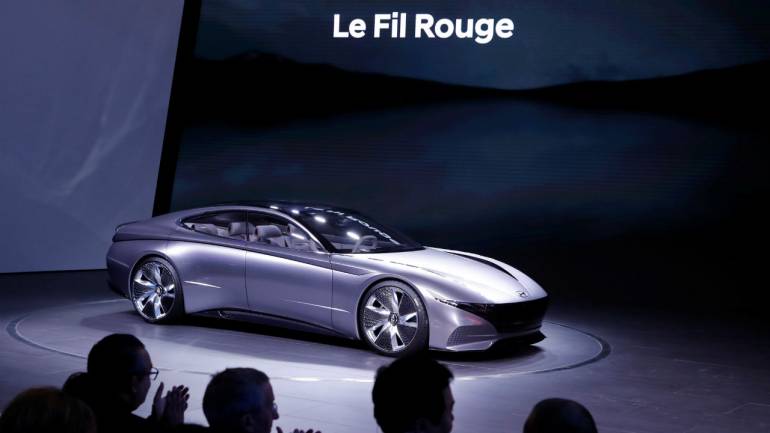Here are the top automotive news that made headlines this week
New model launches – both in two and four wheeler – returned after a two- week lull. As many as four new launches dotted the week even as other manufacturers got busy formulating marketing plans for their launches post the monsoon season.
Japanese automaker Mitsubishi quietly relaunched the Outlander in India at a price of Rs 31.54 lakh, making it the company’s first car launch in six years.
In new bikes, Italian super bike maker Ducati launched the Multistrada 1260 at Rs 15.99 lakh whereas Japanese two-wheeler giant Kawasaki introduced the model year 2019 Ninja 1000 at Rs 9.99 lakh.
Showcased at the Auto Expo this year utility vehicle specialist Mahindra & Mahindra launched the nine-seater version of the TUV300 having the additional moniker of Plus. The vehicle will be available in three trims with prices starting at Rs 9.47 lakh.
related news
Skoda Auto confirmed that it will use one of Volkswagen’s platforms for a revival plan in India that will see the Czech automaker launch new products starting 2020.
Regulatory norms
New regulatory norms and onset of Bharat Stage VI could make smaller commuter bikes with engines of 150cc-180cc cost as much as a 350cc bike, a senior official said.
Meanwhile, Korean car brand Hyundai made a very important decision for the Indian market. The maker of vehicles like Elite i20 and Creta said it had chosen India as its base for a regional headquarters – one of only three globally.
India’s growing importance in the global automotive market where Hyundai has steadfastly held on to the rank of being the country’s second largest for many years has also helped the company prefer India over China for its new headquarters.
The other two such headquarters are based in North America and Europe. Hyundai’s affiliate brand Kia, which will start building and selling cars in India from the second half of 2019, will also report to the India headquarters.
This is part of a global business reorganization plan, which will be effective from July 2 and will be complete by 2019. The move also marks Hyundai’s 20 years anniversary of first stepping foot on Indian soil.
"As the business environments for carmakers are rapidly changing and automakers now face fiercer competition, Hyundai and Kia have decided to allow the regional operations centers to make quick changes to reflect vehicle demand and make timely sales-related decisions in the major markets," Hyundai said in the statement.
What led Hyundai to this?
Maruti Suzuki dominates the Indian car market with a share of 50 percent. More than half of Suzuki’s global revenues come from India. The India subsidiary of Suzuki has established a far greater autonomy and independence in the decision-making process over the years helping it to tune itself to changing market needs faster than any other automotive company in India.
Though Hyundai Motor India has a full-fledged product development center in the country the company relies on its headquarters in Seoul for formulating its strategies which often costs time. For instance, it took Hyundai two years to figure out if it needs a new facility in India and whether and also an equal time to know if it needs to bring back the Santro brand, a very popular model in India that it phased out some years ago.
Other decisions such as production capacity, formulating sales and marketing plans, product positioning in the segment, sourcing of components have to be taken in joint consultation with the Seoul headquarters.
“Under the regional headquarters arrangement, the companies will establish supplementary divisions in charge of planning, finance, products and customer services”, said the company in a statement.
With the establishment of its India headquarters, senior managers of the Korean brands will be able to take decisions faster and efficiently to meet local demands. This means the India outfit won’t have to go back to Korea to seek plan approvals.
This will perhaps help the company improve market share in India which has been largely stagnant at around 15 percent. After the roaring success of Santro and i10 Hyundai declared that it will aim to dethrone Maruti Suzuki to become the largest car maker in the country.
With sales of just 5.2 percent last financial year, Hyundai notched up sales of 5.36 lakh as against 5.09 lakh sold in 2016-17, as per data shared by the Society of Indian Automobile Manufacturers. Much of that growth came from just three models, Creta, Grand i10 and Elite i20.
Hyundai’s growth was lower compared to the industry which grew by 8 percent. This led to a small correction in its market share which fell to 16.3 percent from 16.7 in 2016-17. Maruti Suzuki’s sales grew by 14 percent to 1.65 million units last year closing the year with a market share of 50 percent.